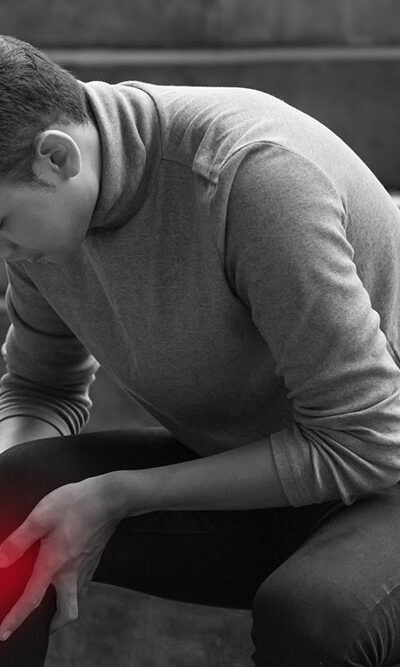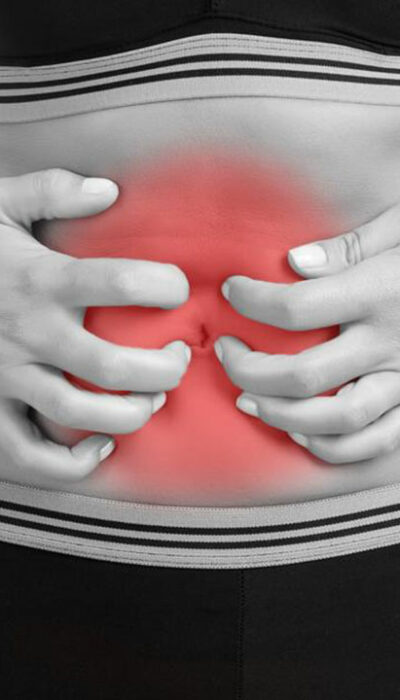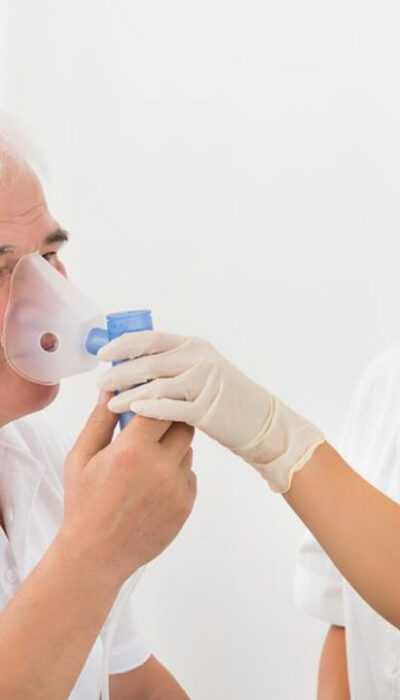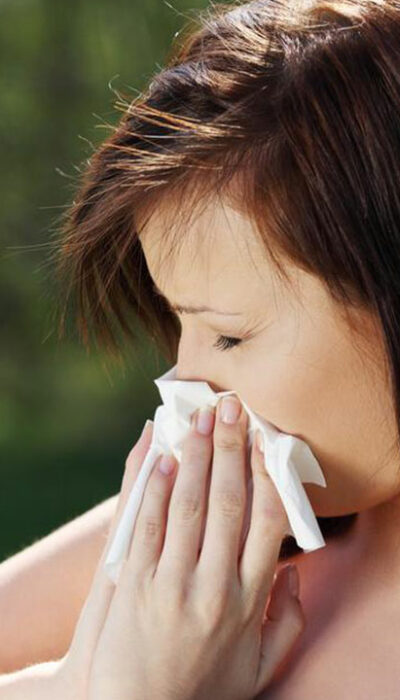
Pain in the Left Breast – Causes and Treatments
Also known as mastalgia and mastodynia, breast pain happens to be a common occurrence. According to the California Pacific Medical Center, between 50 to70 percent of women in the country suffer from breast pain. Breast pain can occur due to numerous reasons. Also, in most cases, breast pain does not indicate breast cancer. The symptoms of mastalgia and mastodynia include tightness and heaviness in the breast, a dull ache, and breast tenderness. In some cases, the pain can spread to the arms as well. If this pain is linked to the menstrual cycle, it is known as cyclical mastalgia. Sometimes, women experience breast pain in only on the left side. There are various conditions which can cause this left-sided breast pain. In this article, we will look at some of the significant causes of breast pain in the left side and some treatment methods for it. Causes of left breast pain in women Injury: The skin of the breast is highly elastic and sensitive. It shields the connective tissues, blood vessels, nerves, ducts, and lobes that produce milk. A breast injury can cause damage to these tissues, resulting in a severe ache. Also, sometimes, an injury to the breast heals with scar tissues and may cause pain. These tissues may feel like a lump, making it difficult to distinguish them from breast cancer. Breast surgery: Any type of breast surgery, regardless of whether it involves reduction, enhancement or reconstruction, will make the breast tender and cause pain. Gradually, as the incision heals, scar tissues will develop. And in the case of scar tissues, the pain can come and go, long after the surgery is complete. Milk duct infections: Numerous benign yet painful conditions can occur inside your mammary glands. For instance, the milk ducts can get clogged and infected, resulting in a breast infection.










